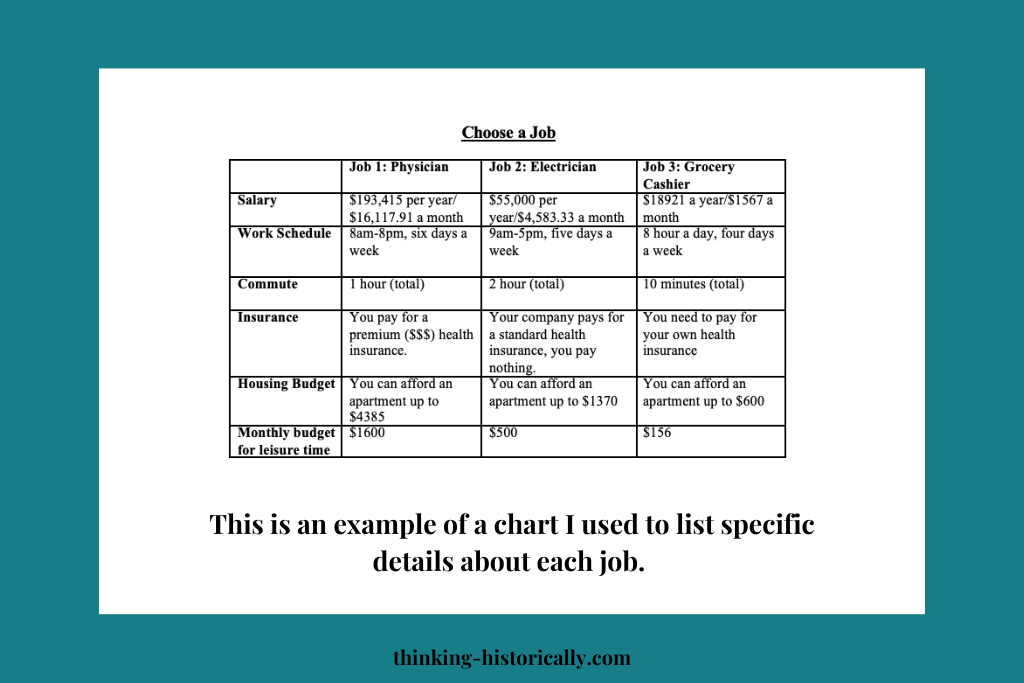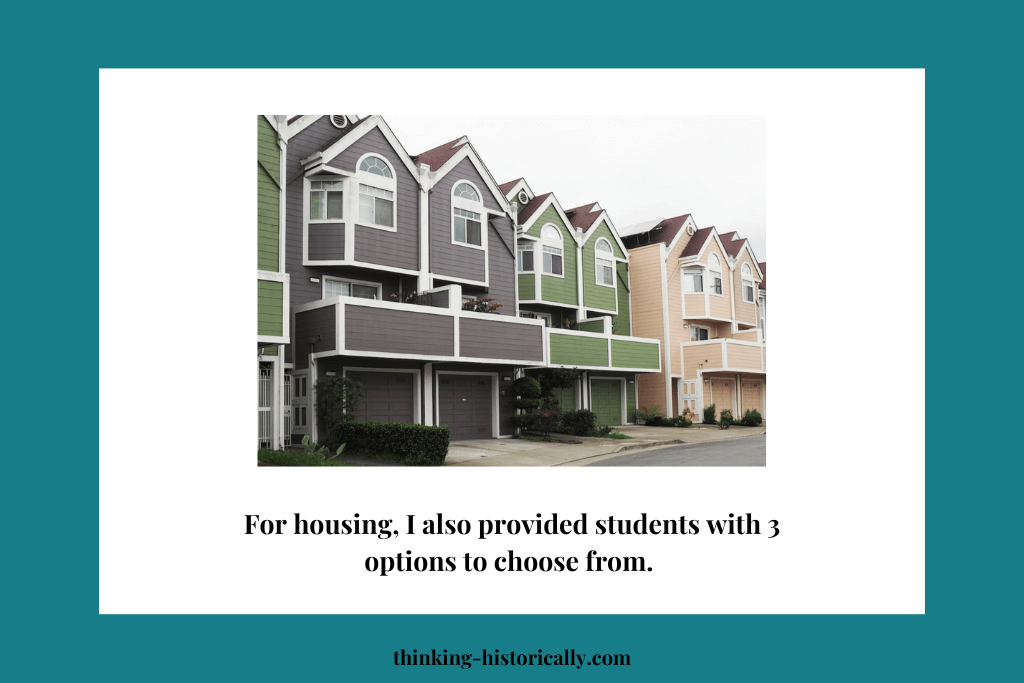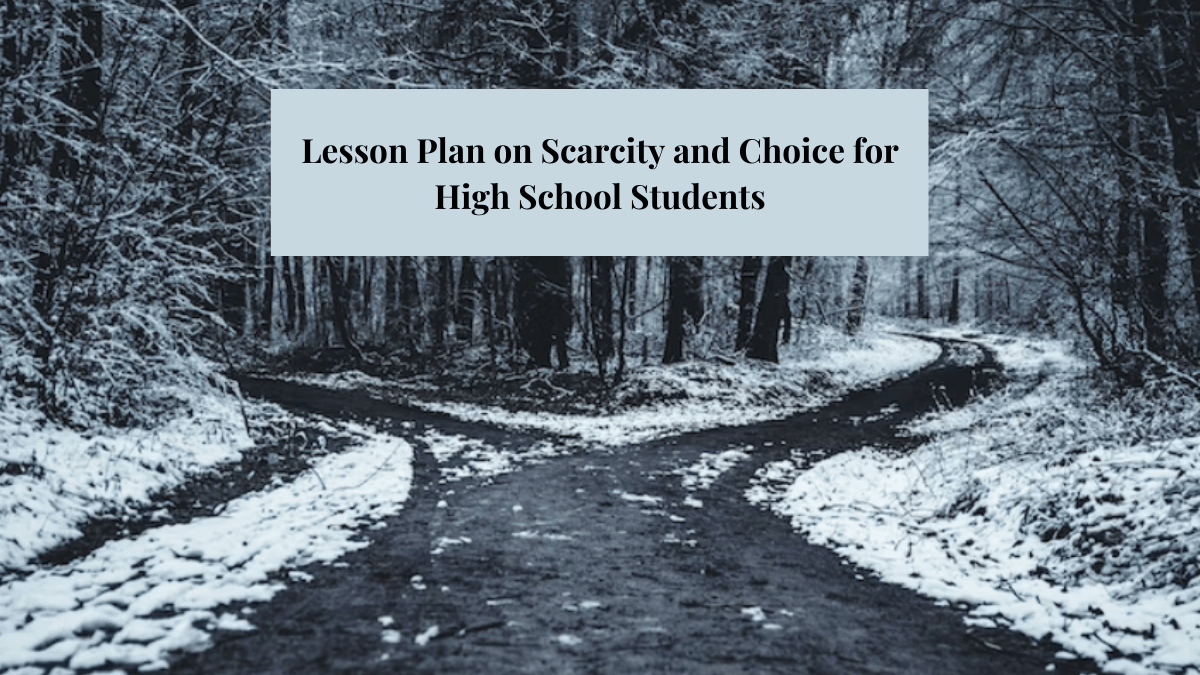Economics can be a dry and boring subject for students. When I took economics in high school all I could remember were graphs that didn’t make sense. I also very vividly remember copying my classmates whenever we had assignments because I just didn’t get economics.
Economics felt so distant to me and irrelevant to my personal life when I was in high school.
When I first started teaching economics, I could see that my own students felt the same way as I did when I was in high school because I was teaching scarcity to them in the same way I was taught.
Economics felt distant to them and their personal lives. I can see their blank stares now and all the economic concepts going over their heads. Needless to say, it didn’t really make me feel great as a teacher to know that my students hated coming to class. It definitely wasn’t a fun experience. lol.
Since my first year of teaching economics, I’ve been able to revamp my curriculum and have found ways to make it relevant to students. By making economics connect to their personal lives, I have found that there is more student buy-in and interest.
Economics Scarcity Lesson Plan – Job Category

Concepts that you can easily relate to students’ lives are scarcity and choices! In my class, I created a lesson plan on scarcity and choice. In this lesson plan on scarcity, they completed a Lifestyle Activity.
I’ll walk you through how I set up the Lifestyle Activity! It helped my class to better understand what scarcity means. For the Lifestyle Activity, I made 4 different categories. These categories were jobs, housing, after work activities, and dinner.
For each category, I gave students 3 different options to choose from. For jobs I gave students the options of choosing between being a physician, electrician, and grocery cashier. I gave students specific information related to each job. This information included their salary, work schedule, commute, insurance, house budget, and monthly budget for leisure time.
For example, for a physician, the salary was was $193, 415 per year/$16,117.91 a month, the work schedule: 8am-8pm six days a week, the commute 1 hour (total), their house budget was up to $4385 a month, and they had a monthly leisure budget of $1600.
I gave students similar details for an electrician and grocery cashier position. After analyzing each job, students had to pick a job and provide two arguments to justify their decision. Below is an example of the chart that I used to list specific details about each job.

Economics Scarcity Activity – Housing and Leisure Categories
For housing I also provided students with 3 options that they had to choose from. Each option had specific details such as rent and amenities. I used a chart similar to the job chart for housing. Based on the job they chose, students had to decide the apartment they could afford.

For leisure time, I separated activities into three categories. These categories were after work activities, dinner, and weekend activities. After work activities included sleeping, watching tv, reading, and meeting up with friends. Dinner activities included hosting a dinner, eating out with friends at a restaurant, or cooking dinner for themselves at home.
From this list, students had to identify which activities they personally liked. They also had to decide which job would allow them the most amount of leisure time and least amount of leisure time.
Activity Reflection
After students completed the Lifestyle Activity, they had to complete reflection questions. These questions included:
- What job did you choose?
- What resources became scarce for the job you chose?
- How did scarcity influence your housing and leisure choices?
- How do scarcity and choices relate?

This was a fun activity for my students because it got them thinking about economic concepts of scarcity and choices but it also got them thinking about their future and the type of lifestyle they want to have.
If you’re interested in purchasing this resource, click here!



One Response